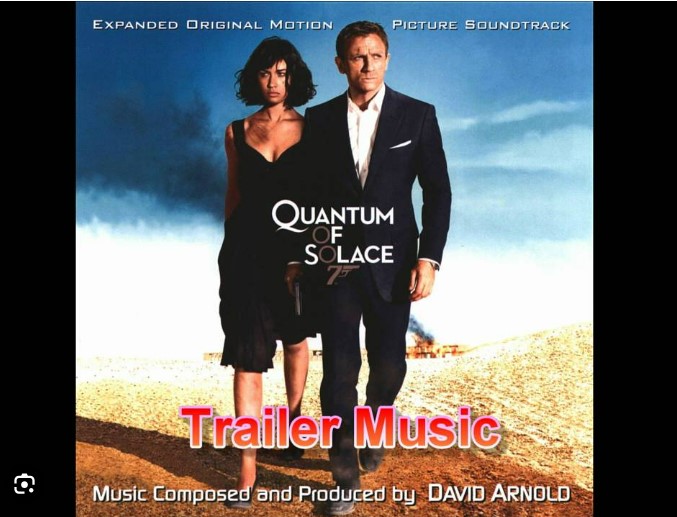What happens when fate repeatedly strikes a place down with punishing catastrophes? When a town rides the roller coaster of history from prosperity to poverty to abandoned ghost town?
The surprising answer is that, like people, a town can never be counted down and out; with a little help from its Italian American native sons, daughters, and their descendants, the place can make a comeback when least expected and even become a magnet for tourists, Hollywood directors and actors looking for fantastic filming locations.
That’s the story of Craco, a striking hilltop settlement in the southern Italian region of Basilicata, that has had a rougher ride than most.
From as far back as 540 BC, the area was inhabited by Ancient Greeks who moved inland from the coastal town of Metaponto. Tombs have been found from around 800 B.C. In 1276, a university was established in the town and as a consequence, the population increased from 450 (1277) to 2,590 (1561) and they enjoyed relative prosperity for a time.
But in 1656, a plague struck, with hundreds dying and reducing the number of families in the town.

Then came revolutions and other political events that changed the government more than once; Craco overthrew the Bourbon feudal system, the town fell under the control of the Napoleonic occupation, and bands of brigands, supported by the Bourbon government in exile, attacked Craco on July 18, 1807, plundering and killing the pro-French notables—once again reducing its population.
Nevertheless, in fits and starts, expansion continued until the 19th century, after which, thanks to poverty, locals began emigrating to North America and they became part of the historic waves of immigration that went on to define the Italian diaspora in America.
For those who stayed back in Craco, misfortune was not over, and they lived through some harrowing events. Landslides forced residents out in the 1960s. In 1972, a devastating flood worsened their situation even further, preventing a possible repopulation of the historic center. After the 1980 Irpinia earthquake, the ancient site of Craco was completely abandoned.
Finally, it became a ghost town.

But that still is not the end of the story. In recent years, the town has been rediscovered by tourists, filmmakers, and artists, who are drawn to its eerie beauty and rich history.
Craco’s medieval townscape has since been used as backdrop for Hollywood blockbusters, including King David and The Passion of Christ.
Nowadays, local tour guides unlock the town’s gates for visitors to wander the ancient streets and enjoy views of the Matera countryside. Pilgrims also arrive between May and October for religious festivals that celebrate a miraculous statue of the Virgin Mary that’s housed in the town church.

The town has also been the subject of restoration and conservation efforts, funded by the Italian American diaspora, aiming to preserve its cultural and architectural heritage. The town of Craco is a testament to the power of human creativity and hope in the face of adversity.
In 2007, the descendants of the emigrants of Craco in the United States formed the “Craco Society”, a non-profit organization which preserves the culture, traditions, and history of the comune.
The list of movies that have been filmed here is impressively long and varied, from biblical epics to James Bond action films. Among them we find:
Christ Stopped at Eboli (1979), dir. by Francesco Rosi
King David (1985), dir. by Bruce Beresford
Saving Grace (1986), dir. by Robert M. Young
The Sun Also Shines at Night (1990), dir. by Paolo and Vittorio Taviani
The Nymph (1996), dir. by Lina Wertmüller
The Passion of The Christ (2004), dir. by Mel Gibson
The Nativity Story (2006), dir. by Catherine Hardwicke
Quantum of Solace (2008), dir. by Marc Forster












